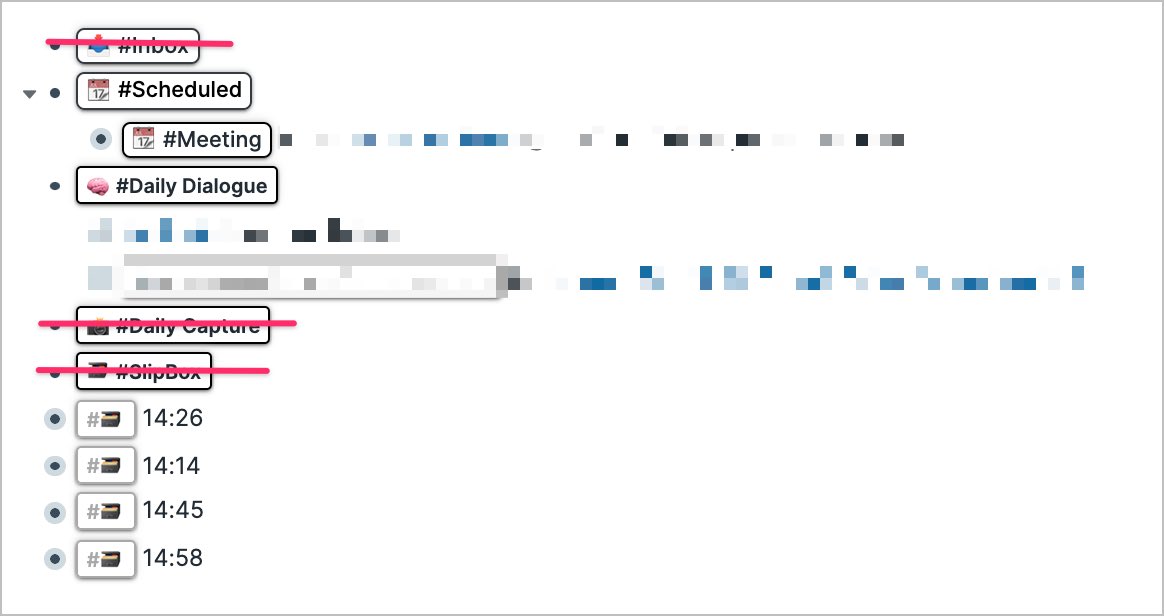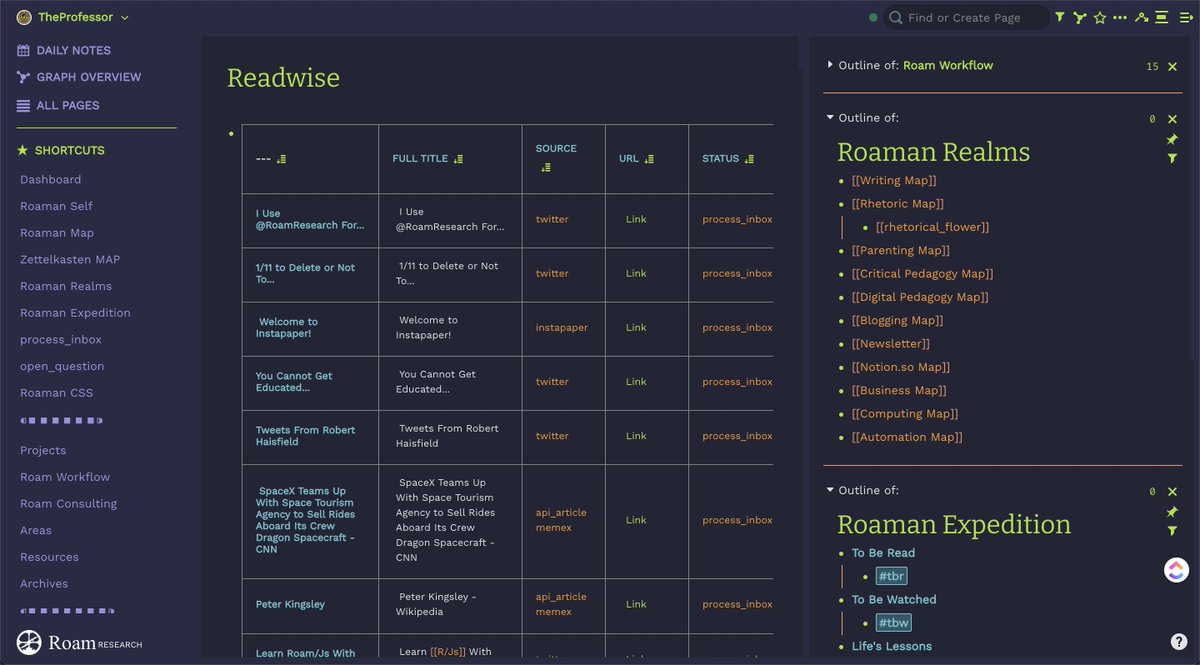
Ok. It has been suggested that I share my experiments. I have attempted to recreate my ZK in Notion and Obsidian, and in a few others. The purpose is to truly understand how tool affordances and constraints shape a workflow. #obsidianmd #pkm loom.com/share/27e62177…
As I mentioned above I wanted to demonstrate how a graph view is in fact functional and valuable, IF the features are there to support it. So I just did a quick conceptual update on how to deal with note sequences in an Obsidian zettelkasten. loom.com/share/3862f712…
Had to go ahead and add a demonstration of note sequence branching in my Obsidian Zettelkasten. #obsidianmd loom.com/share/4839ceb7…
• • •
Missing some Tweet in this thread? You can try to
force a refresh












